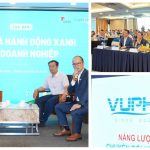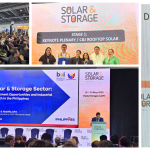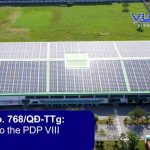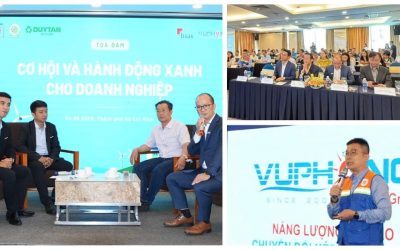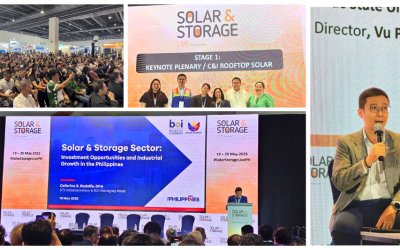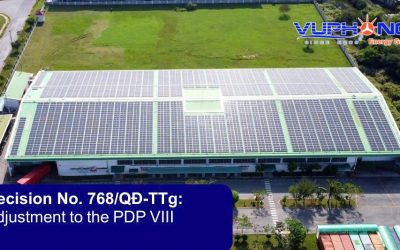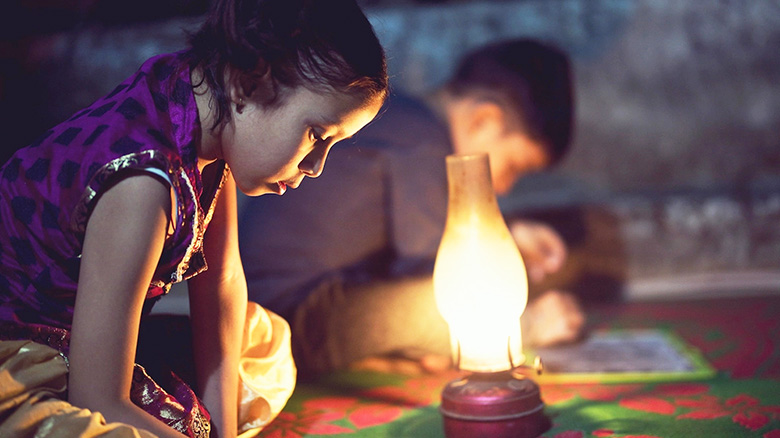
截至 2020 年,全球有 7.33 亿人用不上电,24 亿人继续做饭,健康和环境燃料受到损害。 按照目前的速度,估计到 2030 年,将有 6.7 亿人得不到服务。
以下指标来自跟踪可持续发展目标 7 – 2022 年能源进展报告,该报告由国际能源署 (IEA)、国际可再生能源署 (IRENA)、联合国统计司 (UNSD)、世界 银行和世界卫生组织 (WHO)。
COVID-19 大流行的影响
可持续发展目标 7 (SDG7) 的第一个具体目标是确保到 2030 年普遍获得负担得起的、可靠的现代能源服务。然而,这一目标正受到 Covid-19 影响的阻碍。
全球用电人口比例从 2010 年的 83% 增加到 2020 年的 91%,相当于增加了 13 亿人。 到 2020 年,用不上电的人数从 2010 年的 12 亿减少到 7.33 亿。但是,随着确保偏远和贫困社区获得电力的难度增加,以及 Covid-19 大流行的影响 ,电气化步伐放缓。 不得不暂停活动、扰乱供应链并重新分配财政资源以维持可接受的食品和燃料价格,这减缓了可持续发展目标 7 的实施步伐。 非洲和亚洲多达 9000 万以前可以用电的人现在无法满足他们的能源需求。 最近,俄罗斯与乌克兰的战争导致电价上涨,使情况变得更糟。
 世界用电人口比例增加但仍有很多地区没有电,尤其是在非洲(互联网插图)
世界用电人口比例增加但仍有很多地区没有电,尤其是在非洲(互联网插图)
非洲是世界上能源密集度最低的地区,无电人口最多的地区是尼日利亚(9200 万人)、刚果民主共和国(7200 万人)和埃塞俄比亚(5600 万人)。
强有力的政策和财政援助对于促进电气化增长至关重要; 不要让任何人落后,尤其是最脆弱的人。 根据该报告,如果不进一步努力到达最贫困和最偏远的地区,到 2030 年可能有 6.7 亿人用不上电。
可再生能源需大力发展
可再生能源正在迅速增长。 2015年至2020年,人均可再生能源产能以9.5%的复合年增长率(CAGR)增长,到2020年达到创纪录的246W(年增长率达到11.6%)。 尽管 Covid-19 已迫使许多项目停滞不前,但可再生能源仍占 2020 年新增电力总装机容量的 80% 以上。IEA 和 IRENA 情景显示,太阳能和风能将占可再生能源增长的大部分。 另一方面,商品价格上涨和贸易限制会提高制造和运输成本,这将是一个危险。 因此,报告称,要实现目标 7,包括目标 7.2 关于可再生能源比例的目标,以及《巴黎协定》的雄心,需要更多的政策支持和更多的私人资本动员用于可再生能源项目。
 可再生能源项目需要更强有力的政策支持和更多的私人资本调动(图)
可再生能源项目需要更强有力的政策支持和更多的私人资本调动(图)
根据 IEA 的 STEPS,到 2030 年清洁能源投资将达到每年 1.7 万亿美元,比 2020 年增加约 80%。根据 IEA 到 2050 年的净零排放(NZE)情景,清洁能源投资需要增加两倍,达到 4 万亿美元 到 2030 年每年。大部分投资都集中在可再生能源和效率上。 同时,在 IRENA 的 1.5°C 情景下,每年对清洁能源的投资可能超过 5 万亿美元,比目前的计划和政策增加 60%。
可再生能源在最终能源消耗总量 (TFEC) 中的比例——评估目标 7.2 进展情况的主要指标——尤其令人担忧。 尽管尚未为 SDG 7.2 建立可衡量的里程碑,但监管机构认为,该指数目前的趋势并不符合目标的雄心,有必要更快地增加可再生能源的吸收。
|
在越南,电网电力系统保证了 99.47% 的家庭(99.18% 的农村家庭)用上了电。越南已完成 2020 年路线图,并有望实现 SDG7 目标 7.1 下的 2025 年和 2030 年里程碑。 具体目标 7.2 关于显着提高可再生能源在一次能源消费总量中的比例,重点关注可再生能源发展以及近年来可再生能源发展的情况,2020 年国家可持续发展目标报告称,越南将完成设定路线图。 报告指出,越南在实施 SDG7 时仍存在的问题包括: 部分行业和领域的能源效率低;为可再生能源调动投资资本的机制不足;提供清洁和可持续能源的基础设施和技术有限,特别是大约 1% 的家庭无法获得清洁和可持续能源,因为他们居住在崎岖地形难以进入的遥远地方。 以“为绿色环境和可持续发展开发清洁能源”为使命, Vu Phong Energy Group 一直在努力携手落实 SDG7——这一系列 SDGs 中的第一个重要目标t Vu Phong 追求. Vu Phong 参与在该国所有地区开发可再生能源项目,以及将太阳能带给贫困家庭的社区共享计划,特别是在农村地区、边境地区和未连接电网的地方。 查看武丰能源集团在此处实施的可再生能源项目: https://vuphong.com/zh/all-projects-solar-wind/ |
Vu Phong Energy Group
